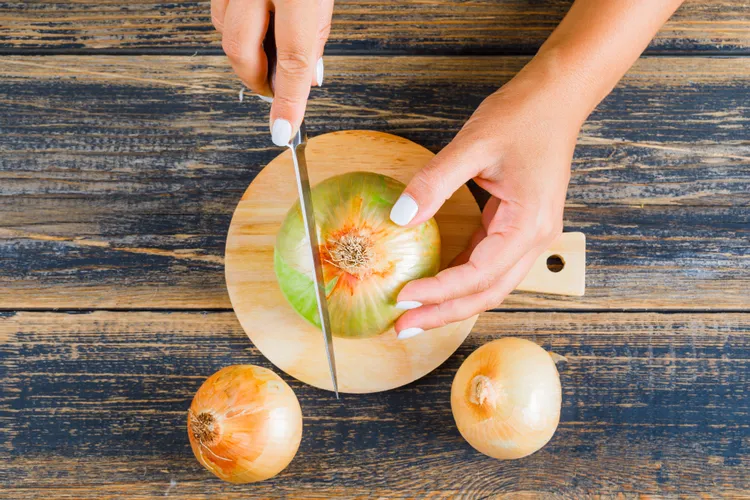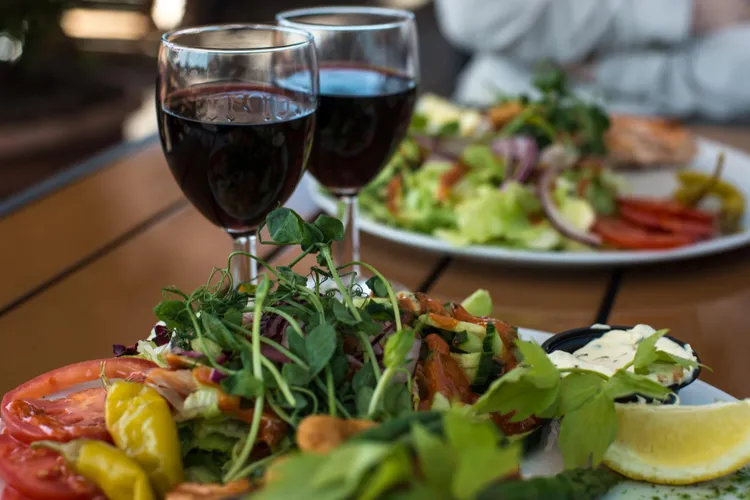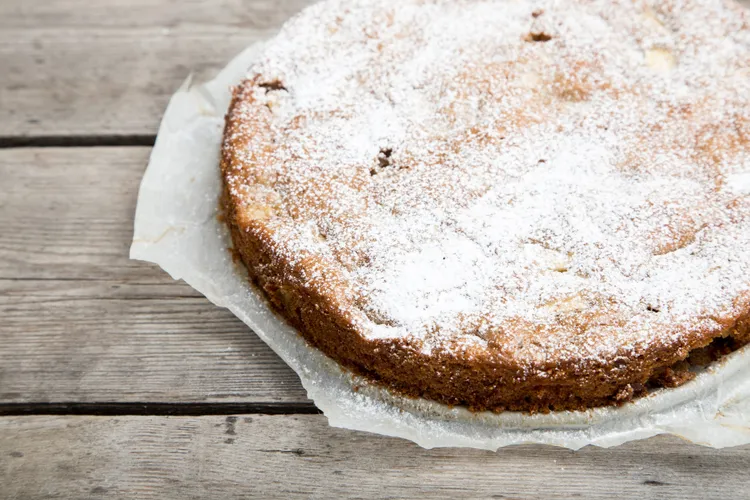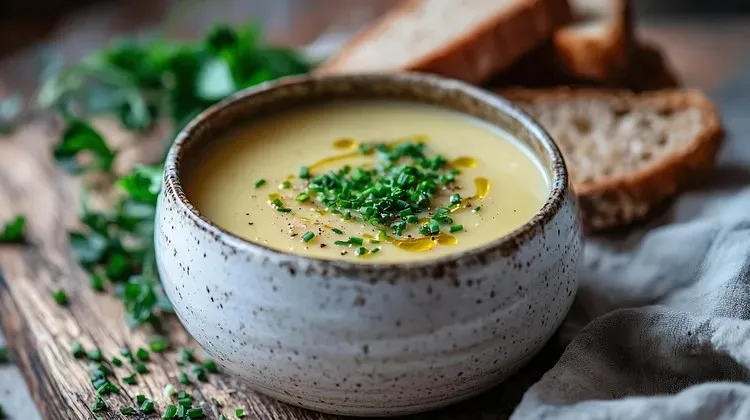The Rise of Fermentation: Why Everyone’s Making Kimchi
If you’ve noticed more and more people proudly posting photos of bubbling jars, chili-red hands, or a fridge packed with mysterious fermented goodies… you are witnessing one of the biggest culinary comebacks of our generation: fermentation. And at the heart of this movement? Kimchi - Korea’s iconic, tangy, spicy, umami-rich fermented superstar that has taken the world from curious taste tests to full-on homemade obsession.
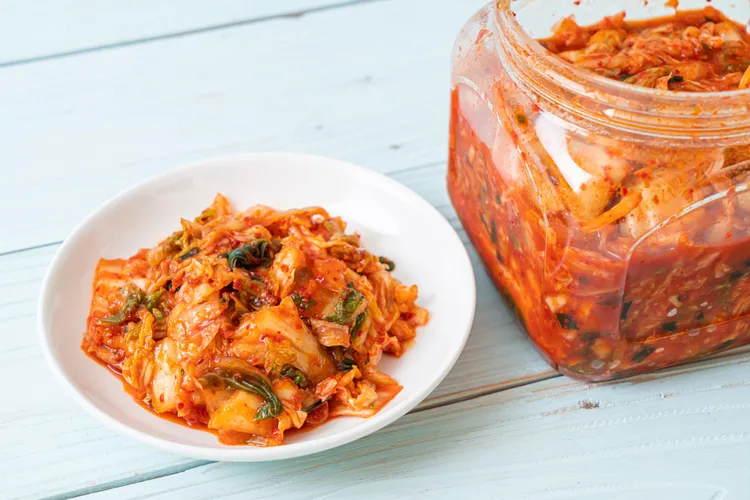
What Exactly Is Kimchi? (And Why It’s So Special)
Kimchi is a traditional Korean fermented dish that dates back thousands of years. While there are over 200 documented varieties, the most globally recognized version is baechu-kimchi, made with napa cabbage.
Traditional ingredients include:
Napa cabbage
Korean radish
Gochugaru (Korean chili flakes)
Garlic
Ginger
Onion
Scallions
Fish sauce, salted shrimp (saeujeot) or anchovy sauce (or vegan substitutes)
Salt
These ingredients are salted, seasoned, and packed tightly into jars or crocks where lactic acid fermentation does its magic. The result is a beautifully complex balance of spicy, tangy, savory, and slightly sweet flavors - and a texture that stays crunchy, even after weeks.
What makes kimchi unique is that it’s not just a dish - it’s a living food. Every jar is a tiny bubbling ecosystem filled with good bacteria, flavor chemistry, and cultural history.
Why Fermentation Is Suddenly Everywhere
Fermentation isn’t new - it’s ancient. But its modern popularity has been skyrocketing because it sits at the perfect intersection of culinary adventure, wellness, sustainability, and creativity.
Let’s break down the reasons behind the boom.
1. Gut Health Awareness Has Exploded
In the past decade, scientific interest in the gut microbiome has skyrocketed. Research now links gut health to:
Digestion
Immunity
Mental health (yep, the gut-brain connection is real!)
Skin health
Hormonal balance
Inflammation levels
Fermented foods naturally contain probiotics, which help nourish and diversify gut bacteria.
Kimchi specifically contains a friendly bacterium named Lactobacillus kimchii (yes - unique to kimchi!) plus many other strains that support your digestive and immune systems.
Kimchi isn’t just hype - it’s a genuinely beneficial food.
2. DIY Food Culture is Thriving
From homemade sourdough starters to kombucha SCOBY hotels, people love kitchen projects that offer:
A sense of accomplishment
A calming ritual
A deeper connection to food
A break from fast food and processed meals
The joy of making something from scratch
Kimchi fits perfectly into this wave.
And unlike some fermentation projects (looking at you, temperamental sourdough starters), kimchi is:
Beginner-friendly
Low effort after prep
Very forgiving
Ready quickly (often 1–3 days)
It’s no wonder so many people treat kimchi jars like pets they check on daily.
3. Korean Culture Has Gone Global
And if you've ever watched a K-drama, you know food scenes are emotional. The way characters eat kimchi:
after a breakup
during a celebration
when stressed
at family gatherings
…makes it feel like a comforting, loyal friend. Viewers watch → crave → taste → get hooked → attempt to make it themselves.
Food curiosity becomes connection, and connection becomes tradition.
4. Kimchi Complements Modern Eating Trends
Today’s eaters look for food that is:
Plant-forward
Flavor-packed
Low-calorie but satisfying
Rich in nutrients
Easy to add to different cuisines
Umami-filled without relying heavily on meat
Kimchi checks every single box.
Its flavor profile is so unique that just a spoonful can elevate dishes like:
Grain bowls
Avocado toast
Tacos
Eggs
Pasta
Soups
Sandwiches
Stir-fries
Kimchi doesn’t just accompany food - it transforms it.
5. Fermentation Is Naturally Sustainable
One of the rising motivations for home fermentation is sustainability.
Kimchi promotes:
Zero-waste cooking (turn leftover veggies into gold)
Using seasonal produce
Reducing the need for store-bought condiments
Extending shelf life without preservatives
Eco-friendly, low-energy food preservation
Fermentation is one of the oldest methods of keeping food safe and flavorful - long before refrigerators existed. And it still works brilliantly today.
How Fermentation Actually Works
Let’s get geeky - but in a fun way.
When you salt cabbage, three important things happen:
1. Salt pulls water out of the vegetables.
This creates a natural brine.
2. Salt inhibits harmful bacteria.
This ensures only the good bacteria survive.
3. Good bacteria begin feasting.
They eat the natural sugars in the cabbage and convert them into lactic acid, which:
preserves the vegetables
creates the tangy flavor
enhances umami
boosts nutritional value
Kimchi is a living food - the bacteria continue to metabolize slowly in your fridge, creating deeper flavor over time.
Some people prefer fresh kimchi (bright, crisp, mild acidity), while others love it aged (sour, funky, intense). Both are delicious in their own way.
Why Kimchi Is the Perfect “Starter Ferment”
There’s a reason beginners gravitate toward kimchi more than other fermentations:
✔ It's very flavorful
Even if your fermentation isn’t “perfect,” chili and aromatics cover minor inconsistencies.
✔ It’s customizable
You can adjust:
spice level
sweetness
brine level
fermentation length
seafood vs. vegan seasoning
✔ It’s fast
You can taste the first signs of fermentation in just 24-48 hours.
✔ It stays crunchy
Thanks to salt, cabbage retains that refreshing snap.
✔ It pairs well with nearly everything
Rice, eggs, noodles, tacos, toast - kimchi is the best kind of overachiever.
10 Delicious Ways to Use Kimchi Every Day
Kimchi Fried Rice - A classic that uses day-old rice and transforms it into magic.
Kimchi Omelet - Folded into eggs for a hearty, tangy breakfast.
Kimchi Grilled Cheese - The crunch + tang + melted cheese = bliss.
Kimchi Stew (Kimchi Jjigae) - A cozy, comfort-heavy Korean favorite.
Kimchi Ramen - Instant ramen suddenly tastes gourmet.
Rice + Kimchi - The simplest and most soul-soothing combo.
Kimchi Quesadilla - Fusion food done right.
Kimchi Pancakes (Kimchijeon) - Crispy, savory, snackable.
Kimchi in Sandwiches - Adds brightness to fatty meats or rich vegan fillings.
Kimchi on Tofu - Perfect balance: soft tofu + spicy kimchi.
Kimchi is a flavor booster that needs no explanation - once you try it, you’ll understand.
How to Make Kimchi at Home
Step 1: Prep and Salt the Cabbage
Cut your napa cabbage into quarters or bite-sized pieces. Salt thoroughly between the leaves.
Why salt?
Draws out water
Creates a crisp texture
Helps prevent harmful bacteria
Makes cabbage more pliable for packing
Let it rest 1-2 hours, turning it occasionally.
Step 2: Rinse and Drain
Rinse off excess salt, but don’t remove all of it - the cabbage should taste pleasantly salty.
Drain well for at least 20-30 minutes.
Step 3: Make the Kimchi Paste
Traditionally includes:
Gochugaru
Garlic
Ginger
Onion
Sugar (tiny bit to feed fermentation)
Fish sauce or vegan alternative
Salted shrimp (optional)
Water or rice flour slurry to help texture
This paste is where the signature flavor comes from.
Step 4: Mix Paste With Cabbage
Massage gently with gloved hands.
Add optional veggies:
julienned carrots
Korean radish strips
chives
pear puree (for sweetness)
Every family has its own secrets - and now you get to make yours.
Step 5: Pack Into Jars
This part is crucial:
Press down firmly to remove air pockets.
Leave 1-2 inches of headspace - fermentation bubbles need room.
Ensure veggies stay submerged in brine.
Step 6: Ferment at Room Temperature
Place the jar in a cool, shaded area for 1-3 days.
You’ll notice:
small bubbles forming
brine rising
richer aroma
tangier flavor by the day
Taste daily until the flavor reaches your preferred acidity.
Step 7: Transfer to the Fridge
Cold slows fermentation but doesn’t stop it.
Over weeks, kimchi becomes:
deeper in flavor
more tender
more sour
richer in probiotics
Some dishes (like kimchi stew) are best made with older kimchi.
Why Kimchi Is a Nutrition Powerhouse
Let’s break down its benefits more thoroughly:
✔ Probiotic-rich (supports gut health)
Kimchi’s fermentation produces multiple beneficial bacteria strains that support digestion, immunity, and nutrient absorption.
✔ High in antioxidants
Garlic, ginger, and chili peppers provide powerful plant compounds.
✔ Anti-inflammatory properties
Studies show kimchi can reduce inflammatory markers in the body.
✔ Low-calorie and nutrient-dense
High in vitamins A, C, K, and B-complex, but low in calories - a dietitian’s dream.
✔ May support metabolic health
Some research links kimchi consumption with improved cholesterol and blood sugar regulation.
✔ Contains prebiotic fiber
Cabbage and radish feed beneficial bacteria in the gut.
✔ May boost immunity
Healthy gut = stronger immune defense.
Kimchi is truly a functional food disguised as a delicious side dish.
Why Everyone’s Making Kimchi Now (The Real Reason)
Because making kimchi is not just cooking - it’s an experience.
It’s:
meditative
culturally rich
delicious
nourishing
budget-friendly
empowering
endlessly customizable
fun for families and friends
mood-boosting (fermentation is literally alive!)
Kimchi invites you to slow down, use your hands, taste, touch, smell, and be present.
It teaches patience and rewards it generously.
It connects you to ancient traditions while letting you be wildly creative in your own kitchen.
If you’ve ever been even slightly curious about making kimchi, consider this your sign.
You don’t need fancy tools or special skills - just cabbage, salt, spices, and a sense of culinary adventure.
FAQ: The Rise of Fermentation & Homemade Kimchi
1. What is kimchi and why is it fermented?
Kimchi is a traditional Korean dish made from salted and seasoned vegetables - most commonly napa cabbage. It’s fermented to create beneficial probiotics, enhance flavor, and naturally preserve the vegetables. Fermentation gives kimchi its signature tangy, spicy, umami-rich taste.
2. What are the health benefits of eating kimchi?
Kimchi is rich in probiotics, vitamins A, C, K, antioxidants, and gut-friendly fiber. Regular consumption promotes digestive health, boosts immunity, reduces inflammation, and may help improve cholesterol and metabolic markers.
3. Why is fermented food like kimchi becoming so popular?
Fermentation is booming due to increased interest in gut health, natural probiotics, sustainable cooking methods, DIY food culture, and the growing influence of Korean cuisine. Kimchi fits perfectly into modern wellness and food trends.
4. Is it safe to ferment kimchi at home?
Yes! Homemade kimchi is safe when you follow proper salting, cleanliness, and fermentation techniques. The natural lactic acid bacteria that form during fermentation help protect the food from harmful microbes. Always ensure the vegetables stay submerged in brine.
5. How long does it take for kimchi to ferment?
Kimchi typically ferments for 1-3 days at room temperature, depending on temperature and desired sourness. After that, it's stored in the refrigerator, where fermentation continues slowly and flavor deepens over time.
6. Can you make vegan kimchi without fish sauce or shrimp?
Absolutely. Vegan kimchi uses soy sauce, kelp powder, miso, or mushroom broth to create savory umami without seafood. It tastes just as delicious and ferments beautifully.
7. What does kimchi taste like?
Kimchi has a bold, layered flavor: spicy, tangy, salty, slightly sweet, and deeply savory. The taste changes over time - fresh kimchi is crisp and bright, while aged kimchi becomes more sour and intense.
8. How do you store homemade kimchi?
Store kimchi in a glass jar with a loose-fitting lid to allow gases to escape. Once refrigerated, kimchi lasts 3-6 months (sometimes longer), depending on salt level and fermentation strength. Keep all vegetables submerged in brine to prevent spoilage.
9. What are the best dishes to eat with kimchi?
Kimchi pairs well with rice, noodles, eggs, stir-fries, soups, tacos, sandwiches, grain bowls, tofu, and grilled foods. It also shines in cooked dishes like kimchi fried rice, kimchi jjigae, and kimchi pancakes.
10. Why is kimchi considered a probiotic superfood?
During fermentation, kimchi develops beneficial bacterial strains such as Lactobacillus kimchii and other lactic acid bacteria. These probiotics support gut microbiome diversity, digestion, and overall health - making kimchi a natural probiotic powerhouse.




